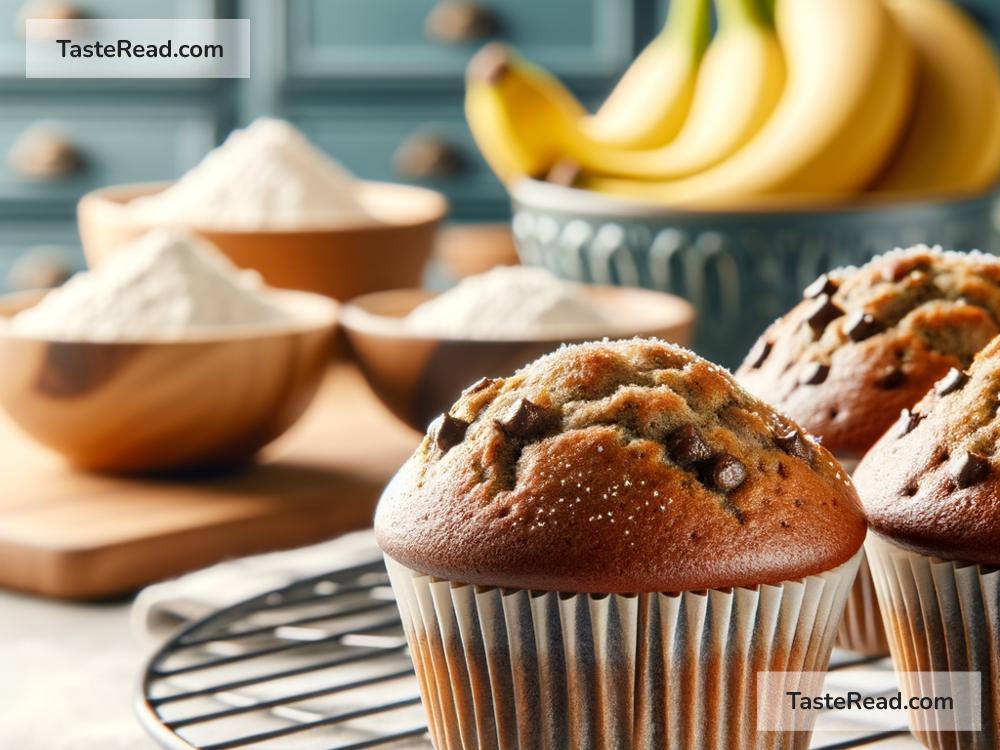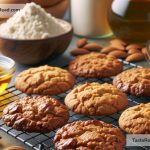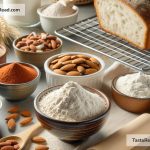Gluten-Free Baking Just Got Easier! Learn How to Make Moist Muffins Every Time
When you’re baking gluten-free, it might seem like you’re setting yourself up for dry, crumbly baked goods. But, fear not! Making moist, delicious gluten-free muffins is totally possible and not even that hard. With a few simple tricks up your sleeve, you’ll be whipping up mouth-watering muffins that everyone (yes, even your gluten-tolerant friends) will love. Here’s how.
1. Choose Your Flour Wisely
The first step to moist gluten-free muffins starts with choosing the right flour. While traditional baking relies heavily on wheat flour, gluten-free baking requires a little creativity. You can opt for a ready-made gluten-free all-purpose flour mix available in most supermarkets. These mixes often combine several types of flour – like rice flour, almond flour, and coconut flour – plus a binding agent like xanthan gum, which helps mimic the elasticity and texture of gluten.
Alternatively, for a more hands-on approach, you can make your own flour blend. Mixing different types of flour not only gives your muffins a complex flavour but also helps achieve a better texture. A popular blend is a mix of brown rice flour, potato starch, and tapioca flour. Experiment to find your favorite!
2. Moisture is Key
The secret to moist gluten-free muffins lies in adding the right moisture-boosting ingredients. Apple sauce, mashed bananas, and yogurt are fantastic for this. Not only do they add essential moisture, but they also introduce an extra layer of flavor to your muffins. When you’re replacing liquids in a recipe, use a 1:1 ratio. For instance, if you’re adding ½ cup of applesauce, consider reducing another liquid in the recipe by the same amount.
3. Don’t Skip the Binder
Gluten acts as a binder in traditional baking, holding everything together. When you remove gluten, your baked goods might suffer from crumbliness. To combat this, don’t forget to add a gluten-free binder to your mix. Xanthan gum or guar gum are excellent choices, but if you’re using a pre-mixed gluten-free flour, it might already include a binder. Always check the label to ensure you don’t double up – too much can lead to gummy muffins.
4. Fat is Your Friend
Another key ingredient for keeping your gluten-free muffins moist is fat. It adds richness, helps with texture, and most importantly, locks in moisture. Butter, oil, or even avocado can do the trick. If using butter or avocado, make sure they are well softened for easy mixing. And if you’re dairy-free, coconut oil or a mild vegetable oil are excellent substitutes.
5. Perfect Your Baking Technique
When it comes to baking, methodology matters as much as the ingredients. Here are a few techniques to ensure your gluten-free muffins come out perfectly every time:
- Don’t Overmix: Mix your batter just until the ingredients are combined. Overmixing can lead to dense, chewy muffins instead of light and fluffy ones.
- Rest the Batter: Letting your muffin batter rest for about 30 minutes before baking can help improve the texture. This rest period allows the flours and gums to fully hydrate.
- Check Your Oven Temperature: Baking at the right temperature is crucial. Too hot and your muffins will dry out; too cold, and they’ll be gummy. Consider using an oven thermometer to ensure accuracy.
- Use the Right Pan: A dark metal muffin tin can help achieve a nice crust on the outside while keeping the inside moist. If you’re using silicone or lighter pans, you might need to adjust your baking time slightly.
6. Add Fruit or Veggies
Incorporating fruits or vegetables into your muffin batter can add both moisture and flavor. Items like blueberries, raspberries, grated carrots, or zucchini introduce moisture and contribute to the overall structure of the muffin, making them perfect for gluten-free baking. Just be sure to fold these ingredients in gently at the end to avoid crushing them.
Wrapping Up
Baking gluten-free doesn’t have to mean settling for dry, crumbly muffins. With the right flour mix, moisture-enhancing ingredients, binders, and fats, you’re well on your way to baking moist, delicious muffins that will leave everyone asking for seconds. Remember, great gluten-free baking is all about balancing ingredients and technique. So, grab your mixing bowl, and let’s get baking!


